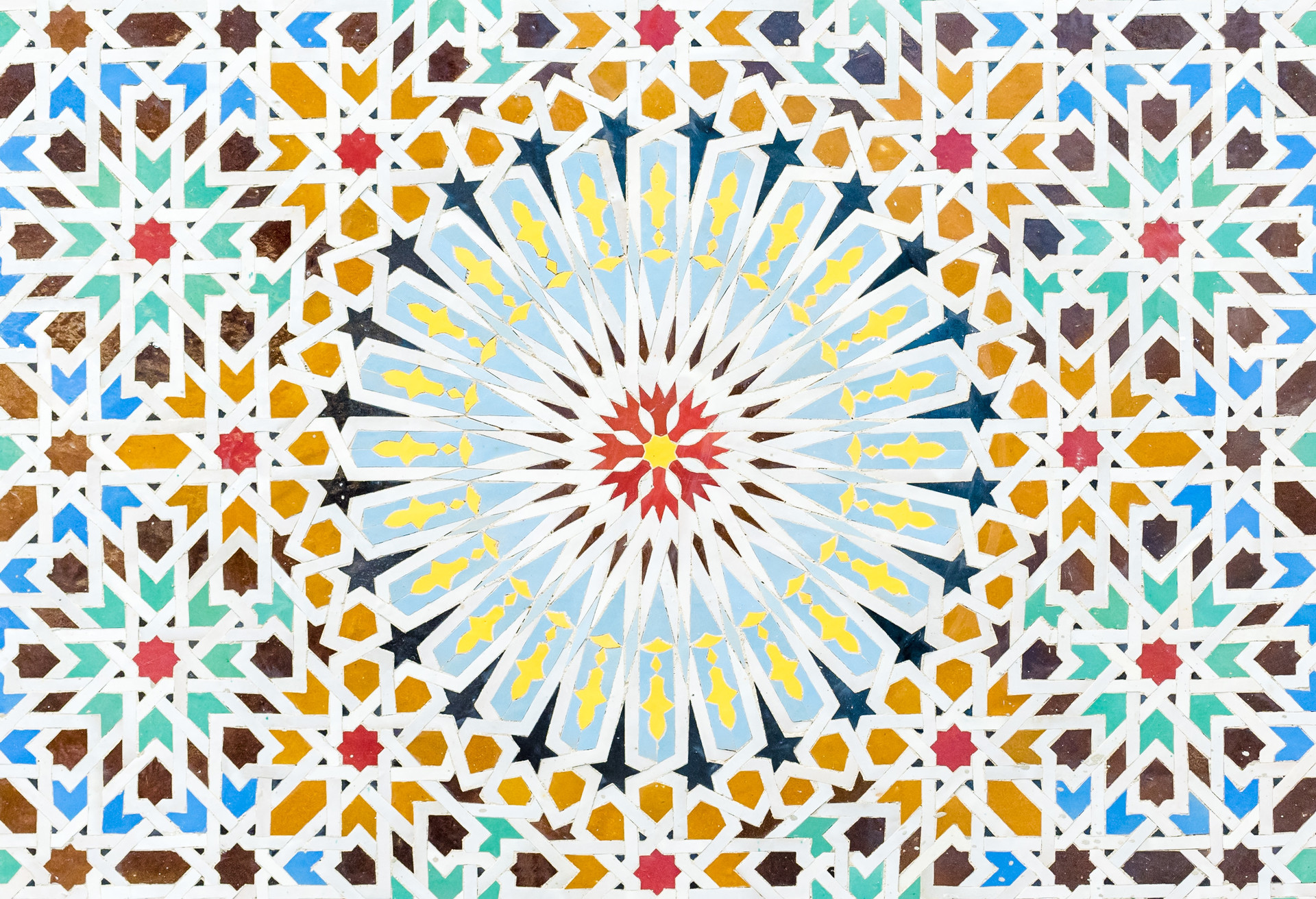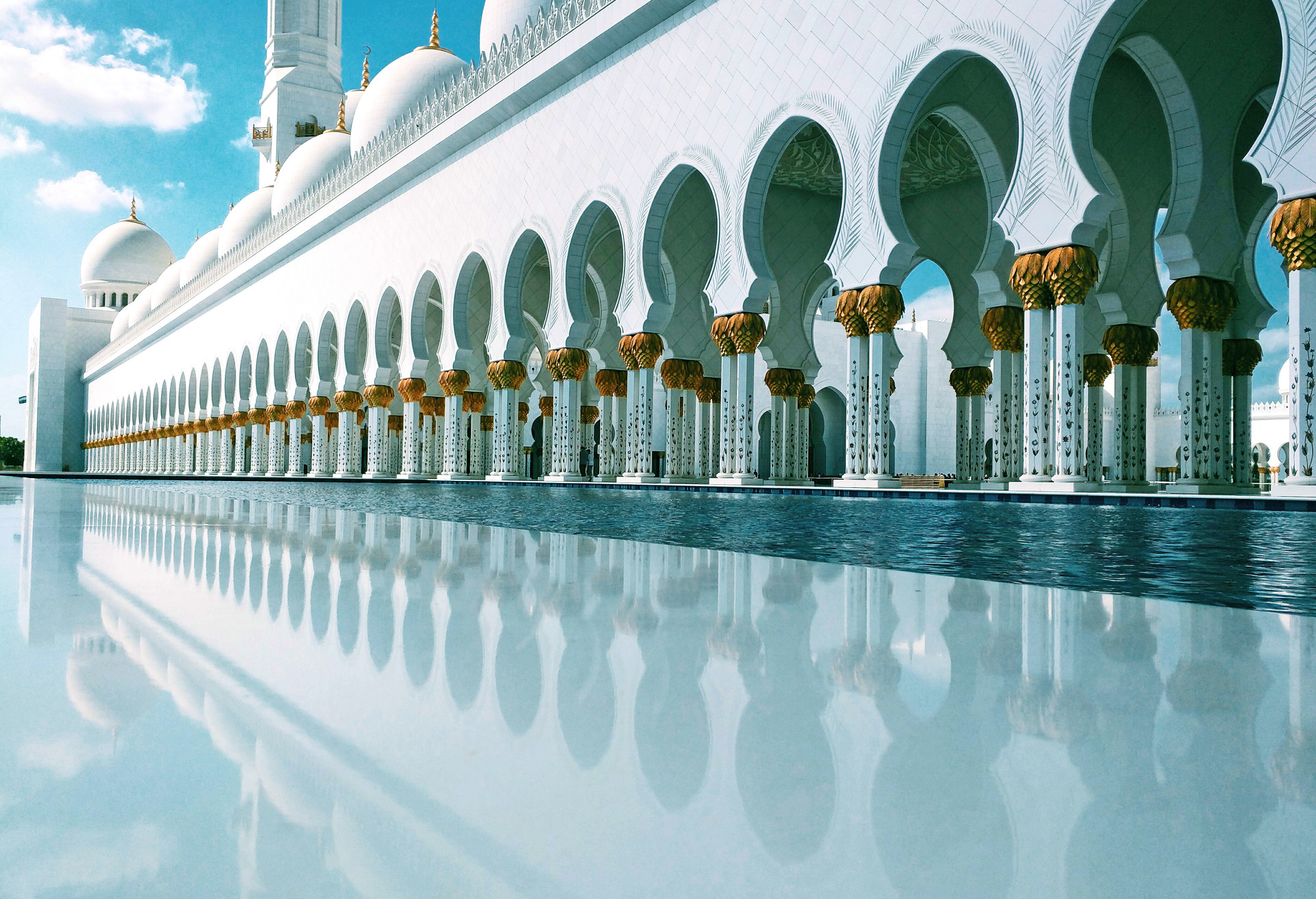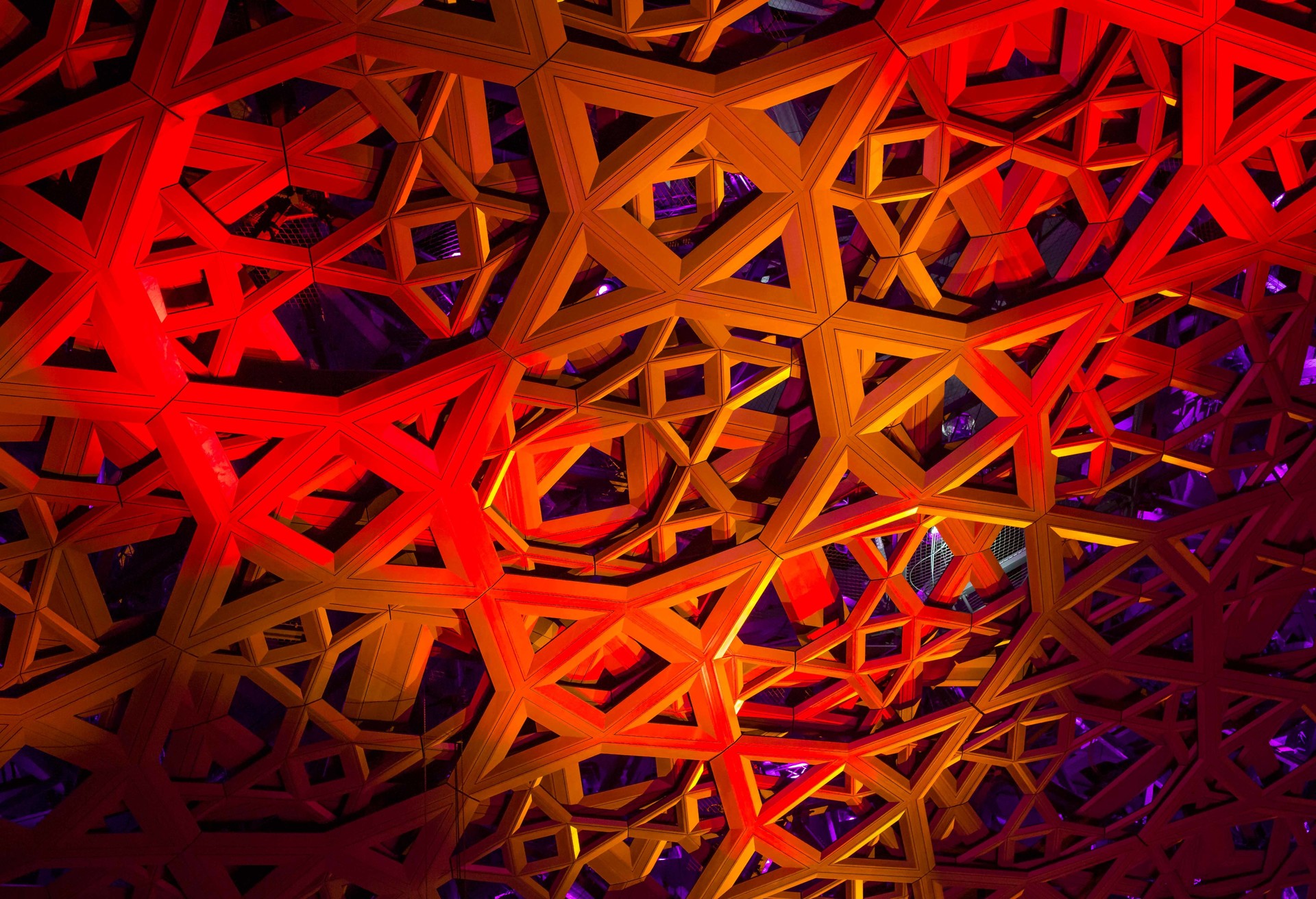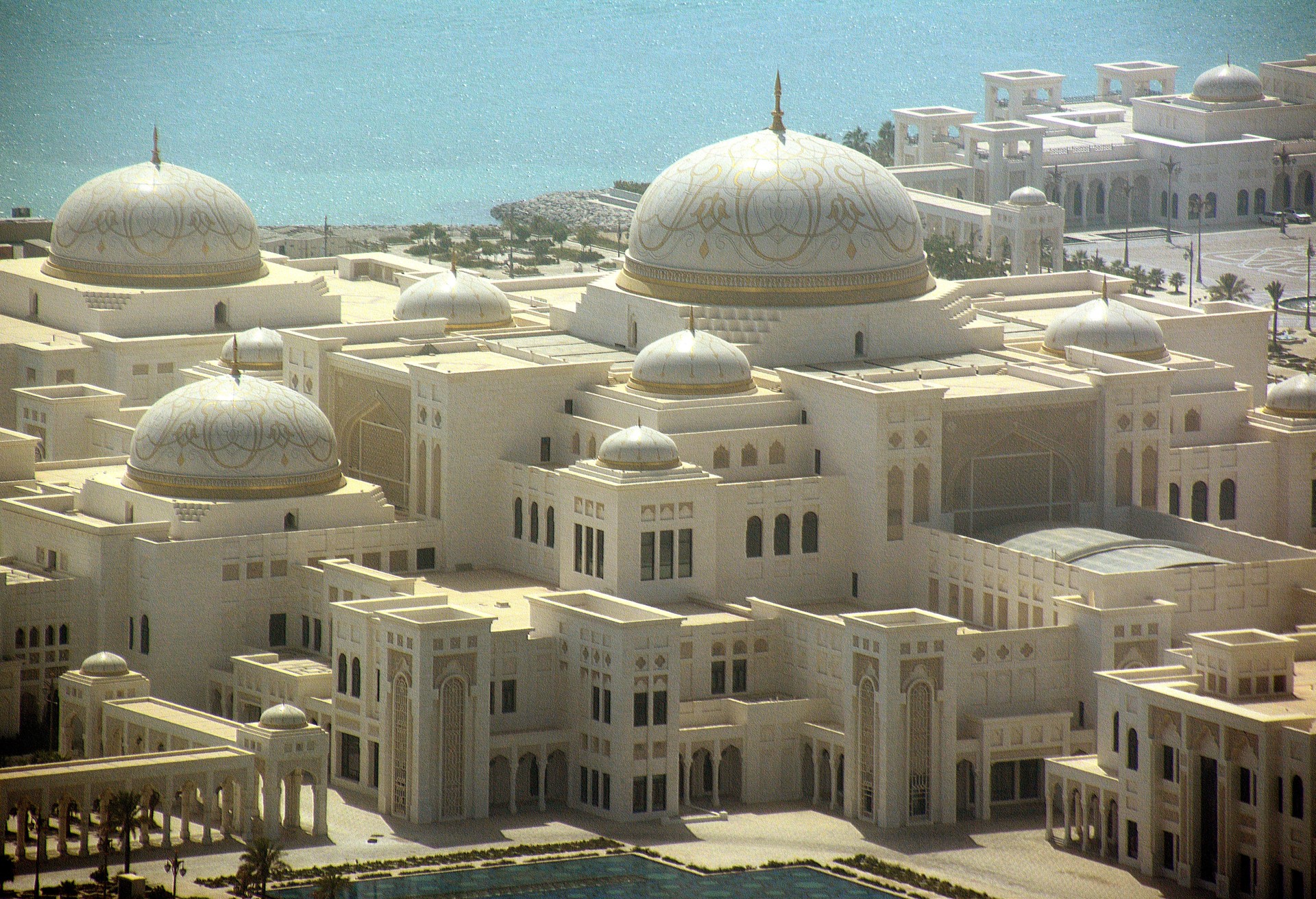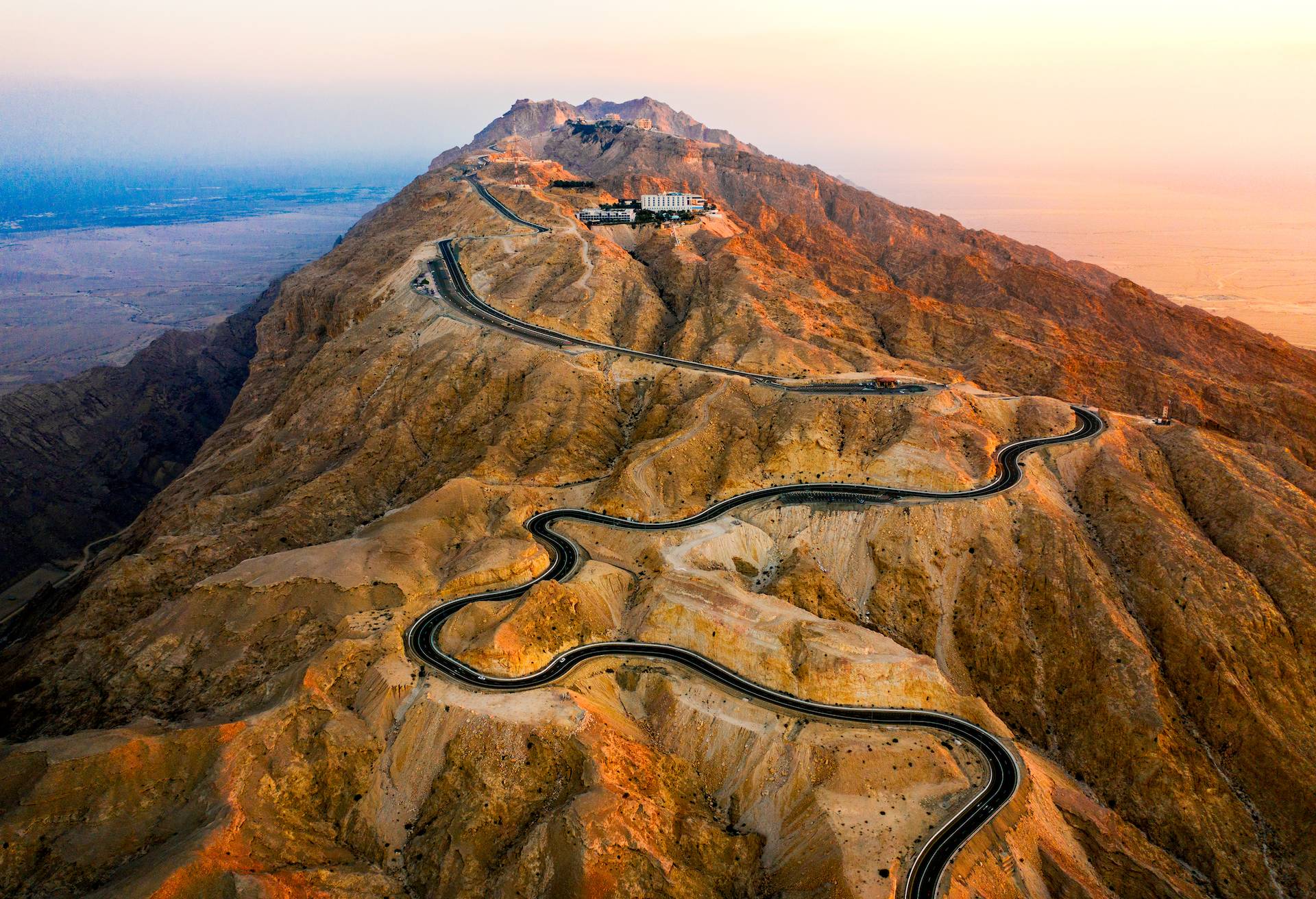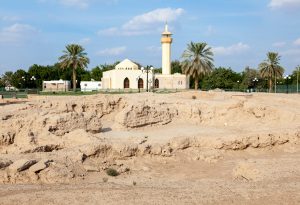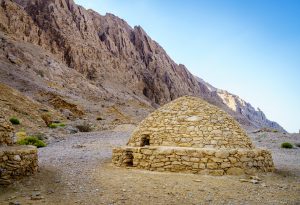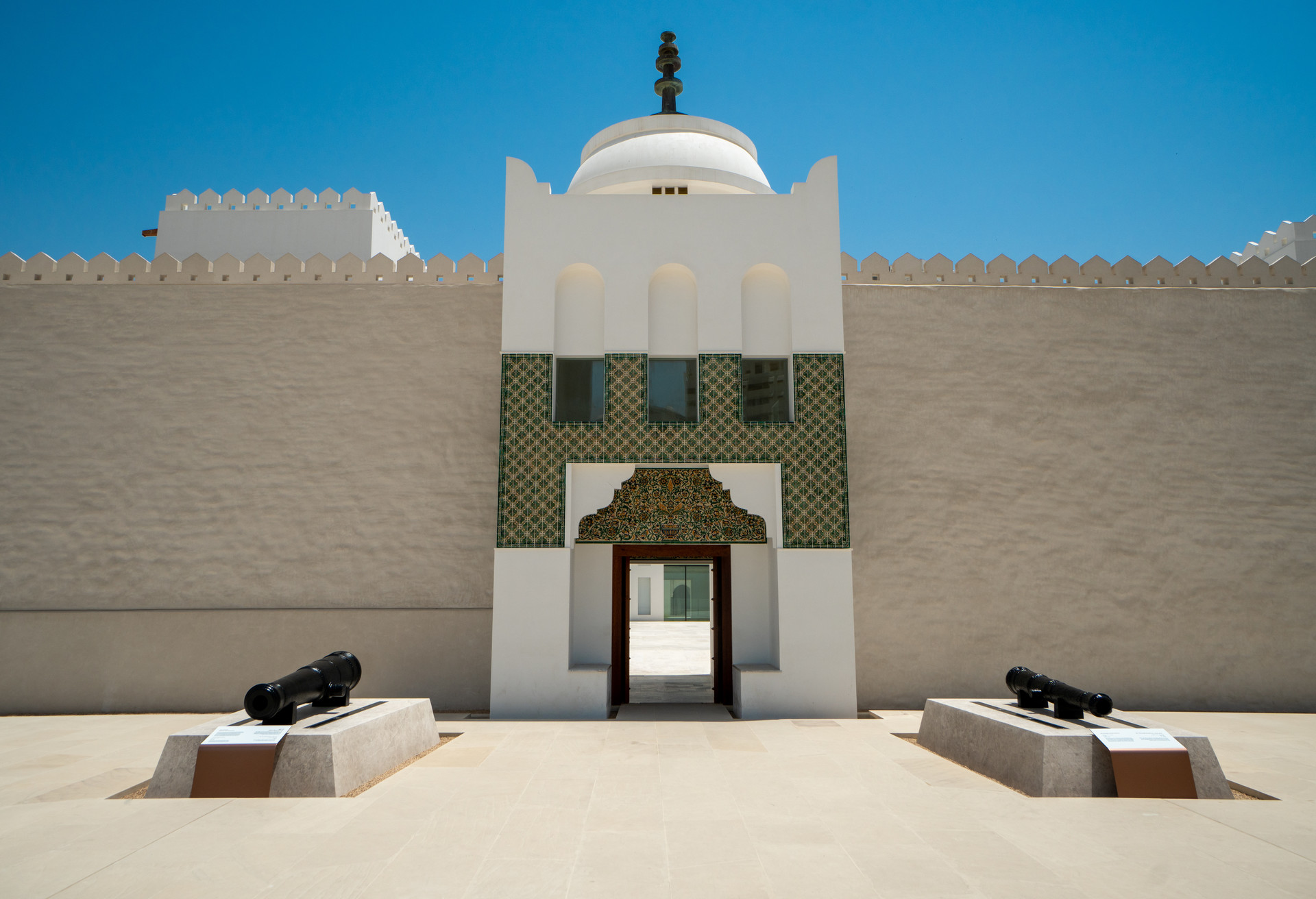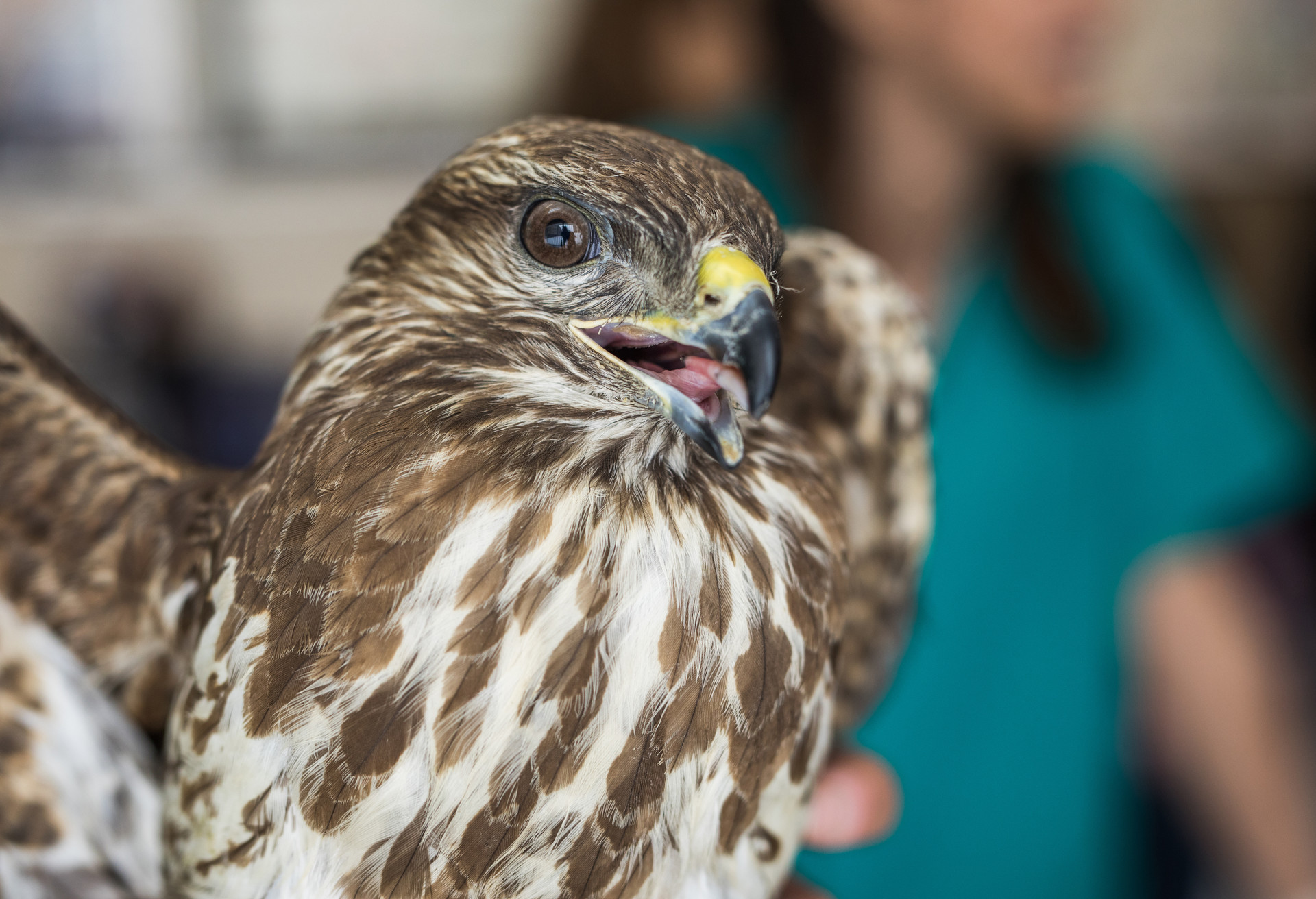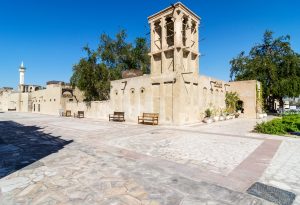Al Mina Fish Market
Taste Abu Dhabi cultural heritage at one of the world’s largest and oldest fish markets. Foodies and true culture vultures will love this authentic (and bustling) experience.
Fishermen unload their catch of the day every morning. Bargain like a local and enjoy low prices on freshly caught crab, lobster, tiger prawns, and sharks. Or, grab a snack at the food stalls, like quick bites or refreshing avocado or mango juice. Feast on freshly cooked fish at the many restaurants on site.
Location: Dhow Harbor – Al Masadir St – Zayed Port – Abu Dhabi

